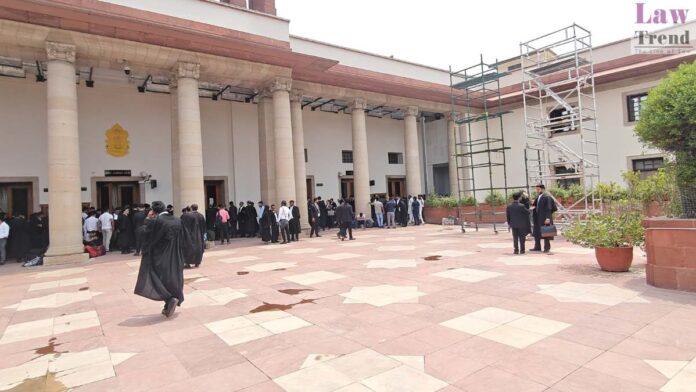In a landmark judgment, a Supreme Court bench comprising Justice Hrishikesh Roy and Justice S.V.N. Bhatti has clarified the legal framework under the Karnataka Stamp Act, 1957, for making insufficiently stamped instruments admissible in court. The court ruled that parties have the option to either pay the deficit duty and penalty under Section 34 or
To Read More Please Subscribe to VIP Membership for Unlimited Access to All the Articles, Download Available Copies of Judgments/Order, Acess to Central/State Bare Acts, Advertisement Free Content, Access to More than 4000 Legal Drafts( Readymade Editable Formats of Suits, Petitions, Writs, Legal Notices, Divorce Petitions, 138 Notices, Bail Applications etc.) in Hindi and English.




